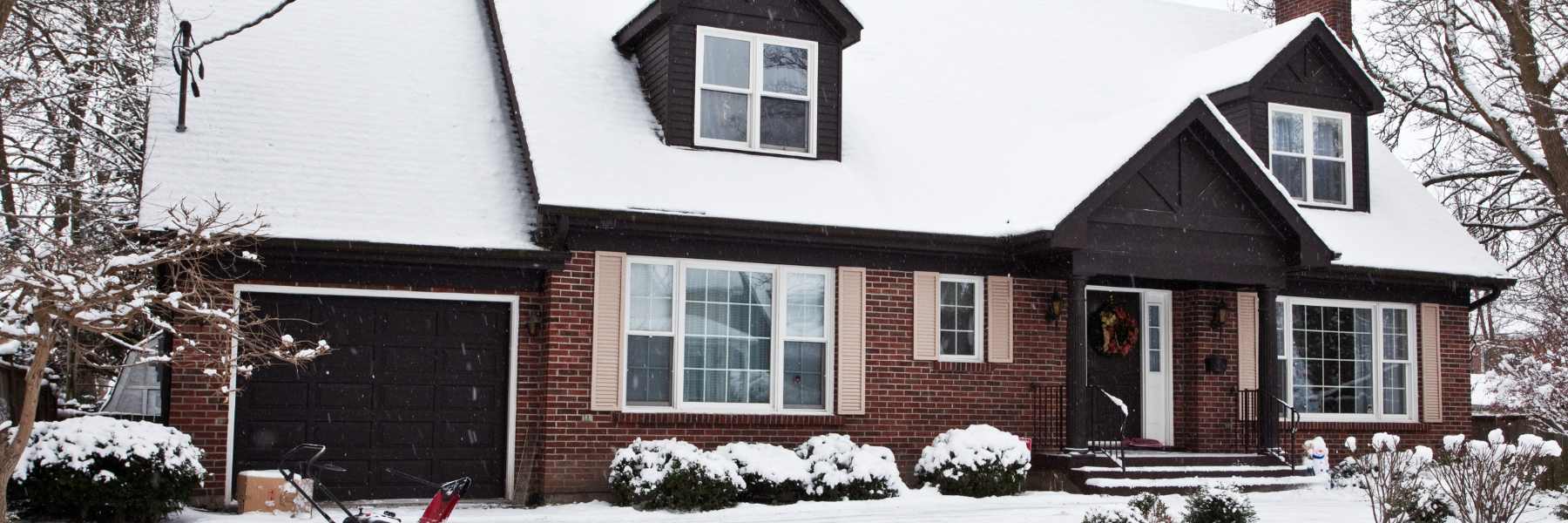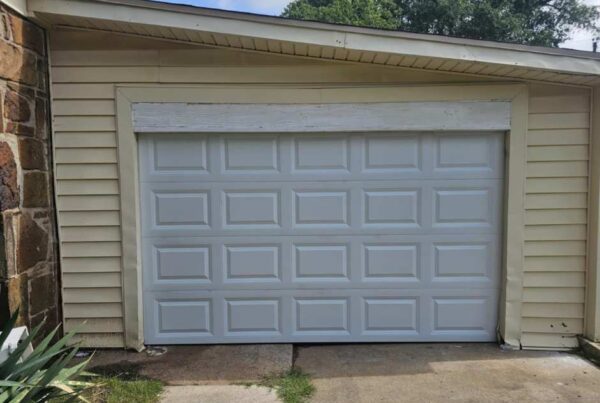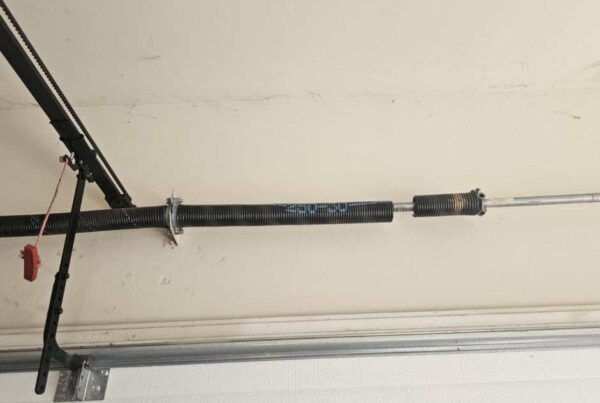Preparing your home for the cold weather is crucial as winter approaches, and your garage door is no exception. Proper winterization of your garage door enhances its durability and improves energy efficiency in your home. In this blog post, we’ll walk you through essential maintenance steps, how to insulate your garage door effectively, and preventative measures to safeguard against winter-related damages.
Essential Maintenance Before the Cold Sets In
Winterizing your garage door starts with essential maintenance to ensure it operates smoothly throughout the colder months. Inspect the door for wear and tear, especially in the springs, cables, and rollers. These components can become brittle and more susceptible to damage in cold temperatures. Lubricating moving parts with silicone-based lubricant prevents freezing and reduces the risk of malfunction.
Checking and replacing worn weather stripping around the door is also crucial. This prevents cold drafts and keeps out moisture, which can freeze and obstruct the door’s operation. Finally, ensure the door’s alignment is correct; an unaligned door can strain the opener and make it more prone to breakdowns.
Insulating your garage door helps retain heat and improves your home’s energy efficiency. There are several options: foam board insulation is lightweight and highly effective, while fiberglass batt insulation is a more affordable alternative. Whichever type you choose, ensure it is correctly fitted to cover the door without any gaps.
This will prevent heat loss and keep your garage warmer. Consider upgrading to a garage door with built-in insulation for a more permanent solution. These doors offer superior thermal properties and can significantly improve your home’s energy efficiency.
Insulating Your Garage Door for Energy Efficiency
An insulated garage door is critical to maintaining energy efficiency during winter. It keeps the garage and adjacent rooms warmer, reducing the strain on your home’s heating system. Consider the type of insulation that best fits your door – foam board insulation for its lightness and effectiveness or fiberglass batt insulation for a more budget-friendly option. Ensure the insulation is fitted correctly and sealed to prevent heat loss. Upgrading to a garage door with built-in insulation can be a worthwhile investment for enhanced energy efficiency and better temperature control.
To prevent winter damage, it’s essential to take proactive steps. Regularly cleaning your garage door tracks will ensure they are free from debris that can freeze and cause blockages. After snowfall, promptly remove any snow or ice accumulation near the door to prevent it from freezing shut. Please pay attention to the bottom seal and ensure it’s not sticking to the ground, which can happen with freezing temperatures. Additionally, it’s advisable to schedule a professional inspection and service of your garage door before winter. It will ensure any potential issues are addressed early, avoiding mid-winter breakdowns.
Preventative Measures to Avoid Winter Damages
Preventative measures can save you from costly repairs and inconvenience in the heart of winter. Ensure the garage door tracks are clean and debris-free to avoid freezing and blockages—regularly clear snow and ice buildup around the door to prevent it from freezing shut.
It’s also a good idea to have a professional inspect and service your garage door before winter to catch any potential issues early. Being proactive about these measures ensures that your garage door remains functional and secure during winter.
As the winter progresses, continually monitor your garage door for any signs of trouble. Pay attention to how your door operates – any changes in performance or unusual noises may indicate a problem. Keep an eye on the door’s balance; you can test this by manually lifting it halfway and seeing if it stays in place. If it falls or moves, it may be out of balance, which can cause strain on the opener. Additionally, check the weather stripping and insulation periodically throughout the season to ensure they remain in good condition.
Conclusion
Preparing your garage door for winter is a straightforward but essential task that protects your home and can significantly save energy and repair costs. Following these tips, you can enjoy a warm, secure, and efficient home during the cold season.




